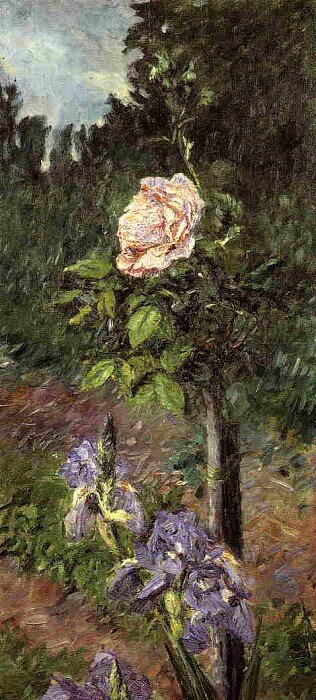Then and Now – Family
/In the 1960s, I was growing up in a large extended family. My mother had 8 siblings and my father, an only child, was close to his cousins. Most of our traveling was to visit family. By the time I was in elementary school, my parents had a second car, and my mother took us to her parents’ home for a week or so during the summer to see the aunt and uncles…continuously growing number of cousins. I remember my grandfather’s construction projects that included a covered patio/carport with a very long table and bench overlooking a large elm where he’d fashioned a table and benches to fit neatly around its large trunk. We ate every meal aside from breakfast outdoors! There was also a large barbeque pit with a huge grill and an oven built into the chimney. He built a fountain of natural stone near the garden…the swimming pool was a little further away. Prior to the swimming pool being built, he often found a river suitable for swimming for all the aunts and cousins….and he would do some fishing. I enjoyed one-on-one time with my maternal grandmother at her work (she owned/ran the mill); I remember her writing letters to one of her daughters that lived far away over a few days before deciding it was long enough and sending it off.
My paternal grandparents moved to live near us in the late 50s, so I saw them very frequently – lots of good food, gardening, crocheting, sewing, dominoes and checkers. We saw my dad’s extended family at gatherings held at his paternal aunt’s house. I remember my great aunt had hollyhocks beside her porch. We visited his maternal aunts (and grandmother) that lived in the same town. I associate my great-grandmother with chocolate covered graham crackers and her daughters with plants (my grandmother had a number of plants that she received originally from her sisters).
The food was always plentiful and included veggies from the garden. The paternal side of the family also cooked Czech desserts (kolaches!).
Now the family is significantly smaller. I have 3 sisters and am the only one that lives further away; only 1 of my sisters has children so the number of cousins is small. My husband had 2 sisters, but they are already gone as is his extended family. My sisters and I are transitioning from a relationship that has be very focused on caring for our parents over the past few years – not yet settled into a new normal without our mother. I am not close to my cousins although I have been seeing 3 of them more frequently at funerals recently…realizing that we have in common our adjustment to life after long-lived parents die.
I drive from my home in Missouri to visit my dad near Dallas once or twice a month in his assisted living home. My daughter goes with me sometimes. One sister visits him almost daily. The other two visit once or twice a week when they are town. I try to see at least one of them when I visit Dad. Two of them have visited us in Missouri. We text each other frequently – mostly keeping each other informed about what is happening with Dad. There are infrequent emails, phone calls, or zoom meeting. I enjoy my access to a frequently updated cloud folder of great nephew pictures. The way we keep in touch when we are not together has changed significantly since the 1960s!
Food had changed as well. We seem to all have foods we are avoiding now (and the problematic foods are not the same!)…and desserts are not something we want as frequently. We tend to go to a restaurant for special occasions more often then eating at home.
Previous Then and Now posts
































